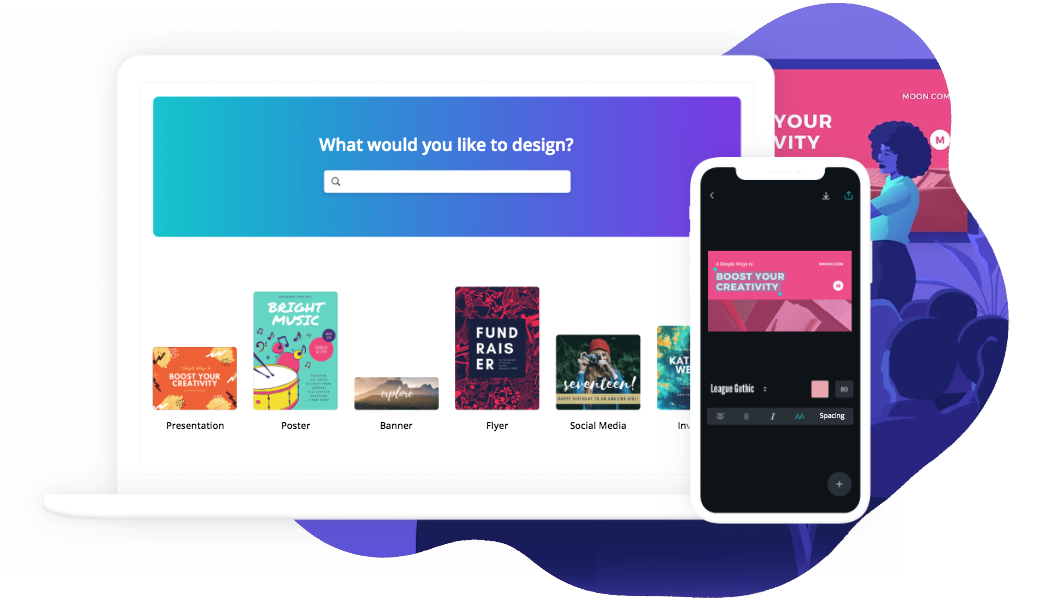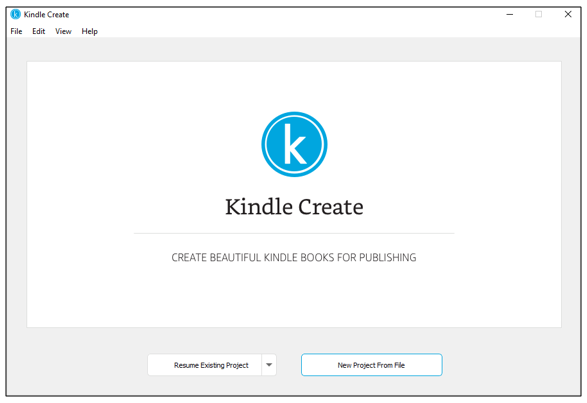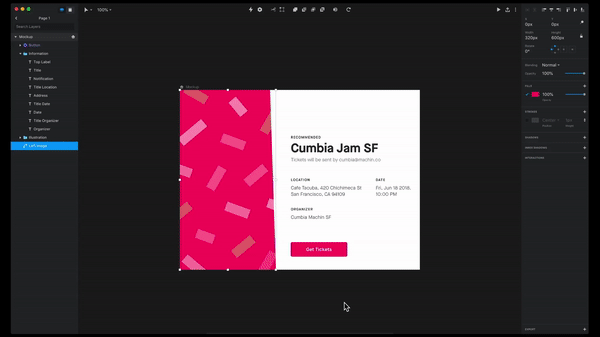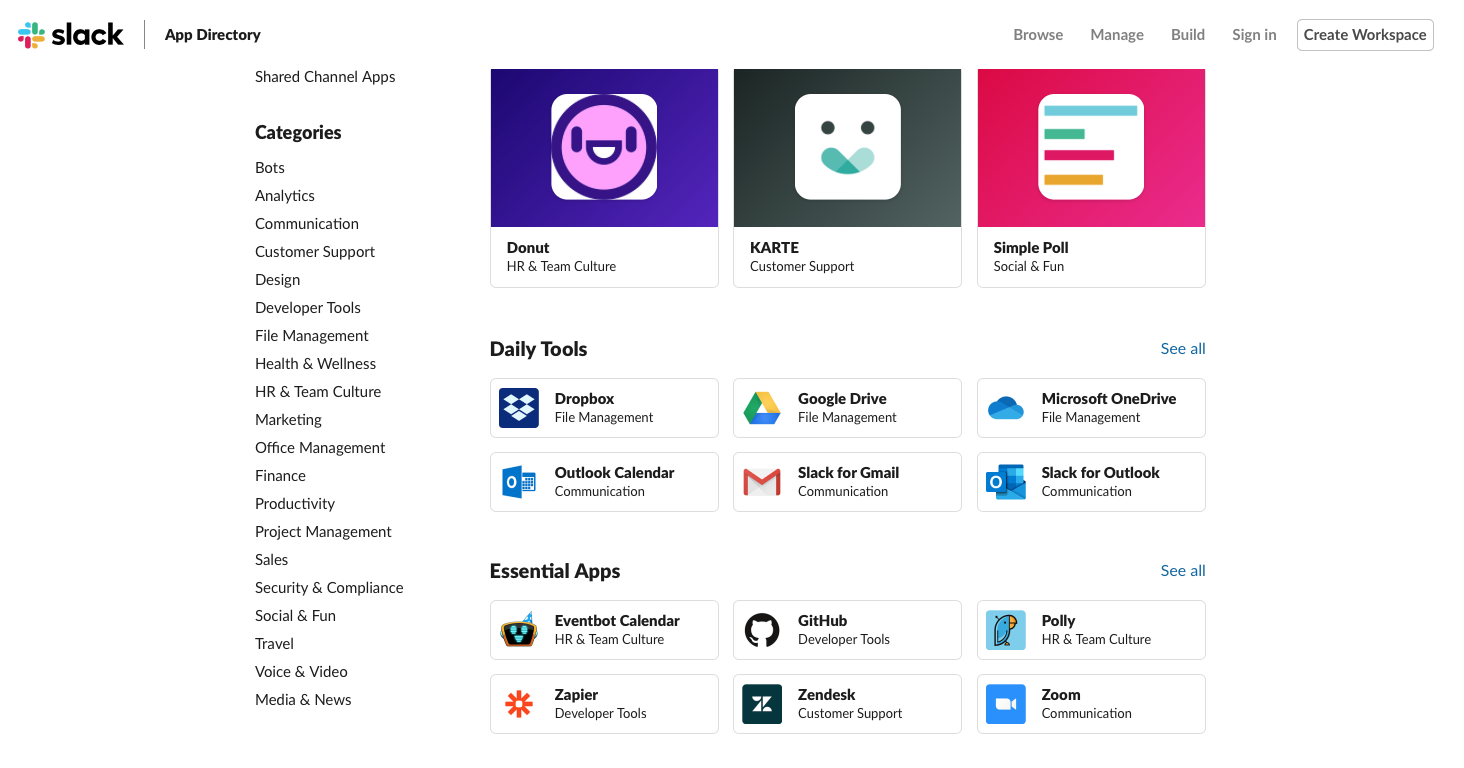Key terms defined: Products, tools, platforms, and ecosystems

.png)

.png)
We recently talked about how product companies have begun to build ecosystems—and why that’s such a smart move for SaaS businesses whose products are often used alongside dozens of others in their customers’ companies.
But that begs the question: What is the difference between a tool and a platform? And are platforms and ecosystems the same thing?
If you’ve been feeling a little confused by the whole conversation, don’t worry—we’ve got you covered. Below, we’ll go over some basic definitions and give examples of tools, platforms, and ecosystems to help you make sense of this brave new world.
To start with, tools and platforms are both software products, with tools being the simpler of the 2 types. If you were to order these terms in order of technical and conceptual complexity, it would look go:
Product (tool –> platform) –> ecosystem
Hopefully things are starting to feel a little less complicated. Now let’s dive deeper into each term, with a few examples, to untangle things even further.
A product is a tool or a collection of tools packaged together by a software company. All the tools within a product package are designed to work together seamlessly, but they won’t automatically work with other tools or products in your tech stack. You can, however, integrate them with other products and tools through either the platform or product ecosystem model.
Example of a software product:
Zoom is a product that combines a variety of communication tools (video, phone, content sharing, and chat) across mobile devices, desktops, telephones, and room systems to help businesses communicate.
Within the broad definition of a product as a piece of software, there is a wide spectrum that encompasses both individual tools and more robust platforms:
A tool is a standalone piece of software designed to perform a single specific function or a small set of functions. It lives in a world all its own and serves one purpose.
Example of a software tool:
Canva is a design tool that combines a suite of assets (photos, illustrations, fonts, etc.) and features (resizing, layout, animation, etc.) so users can create graphics and digital designs quickly and easily, without leaving their browser window.

A platform refers to substantial piece of software, an operating system, or a database that other companies can access for content distribution purposes or use as a foundation on which to build their own products. Platforms are designed to allow third parties to use the platform infrastructure to deliver value to users via data and process integrations.
Example of a software platform:
Most of today’s household software brands offer platforms, including Google, Facebook, Apple, and Amazon.
Take Amazon's Kindle, for example, which offers authors the resources to self-publish and distribute their content using Amazon's tools and existing infrastructure:

As user needs expand and mature, a tool may need to undergo a transformation in order to keep up. This kind of growth is, in fact, a pretty natural progression—users become more sophisticated, driving demand for different, more complex features. And at a certain point, it makes sense to open things up to allow for third-party integrations that can enhance and extend functionality.
Example of tool-to-platform evolution:
Invision provides digital design tools used by more than 5 million people to create repeatable and streamlined design workflows, rapidly design and prototype products before writing code, and collaborate across entire organizations.
With the release of their Studio Platform, they have taken the leap from tool to platform. The Studio is an open platform that includes the Studio App Store and extensive assets library. There are also imminent plans to release a public API, which will allow members of their Maker Program to build their own Studio integrations.

The product ecosystem is based on the concept of a biological ecosystem. In the natural world, an ecosystem is a community of organisms—plants and animals—living within a shared environment that connects all the components of the community via nutrient cycles and energy flows. All the different organisms within a biological ecosystem are interconnected through their relationships to one another. And in a healthy, thriving ecosystem, the majority of those relationships are mutually beneficial.
A product ecosystem is also built around the idea of interconnection. Integrations between products allow them to “talk” with each other in order to share data and manage processes across multiple channels. But integrations aren’t the true backbone of a successful product ecosystem. The integrations are just the tactical side of things.
What matters more than how the products are connected is why they are connected:
Example of a product ecosystem:
Slack has created a rich ecosystem through a strategy of smart integrations that allow users to centralize many of their business tasks and communication channels within Slack’s interface. This works for Slack because it means users don’t need to leave Slack to get things done in other apps, so they spend more time in Slack. It works for the other products and apps in the ecosystem because the arrangement gives them access to Slack’s massive user base. Finally, it works for the users because the increased efficiency delivers real value by helping them save time and effort.

The average mid-sized business uses over 150 different software products. It’s just no longer possible to build a single SaaS solution that can handle all the evolving needs of a modern company.
Most software companies have figured this out, which is why smart companies are thinking beyond single products or platforms. The future of SaaS is all about building integrated ecosystems that deliver more valuable, efficient, connected user experiences.
Of course, things are constantly evolving. The definitions above are true today, but you can be sure that new examples will soon emerge that push the boundaries of how we define an ecosystem and how we think about interconnectivity between products. We can’t wait to see what that looks like!
In the meantime, be sure to check out the Growth Lab to discover a growing library of formulas that you can use to leverage your product stack more effectively.
